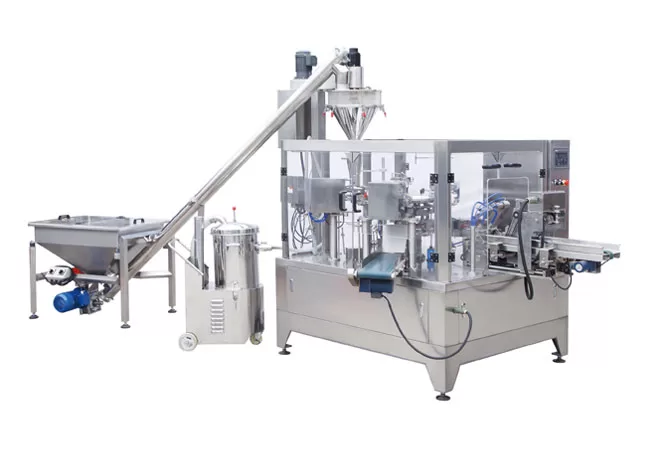Troubleshooting Common Issues with Multi-Head Weighing Machines
Multi-head weighing machines are marvels of efficiency, automating the precision weighing and distribution of products in high-volume applications. However, even these sophisticated machines can occasionally encounter glitches, disrupting operations and causing headaches for manufacturers.
The Silent Saboteurs
1. Incorrect Setup: Proper setup is paramount for accurate weighing. Ensure that the machine is level, calibrated correctly, and the weight settings are precise.
2. Worn Components: Over time, wear and tear can affect load cells, feeders, and other components. Inspect these parts regularly for any signs of damage or wear.
3. Power Fluctuations: Sensitive electronic equipment can be affected by power surges or fluctuations. Check the power supply and consider using a voltage regulator.
The Chatterboxes
1. Excessive Noise: Multi-head weighing machines rely on sensors to detect product weights. Excessive noise from external sources can interfere with these sensors, leading to incorrect readings.
2. Stuck or Clogged Parts: Debris or product buildup can cause parts like feeders or discharge chutes to jam or clog. Clean and inspect these components regularly.
The Elusive Symptoms
1. Inconsistent Weighings: Variations in weight readings, even within the same product batch, can indicate issues with the machine’s calibration or load cells.
2. Overweight or Underweight Products: This can be caused by incorrect weight settings, worn components, or system instability.
3. System Overloads: Overloading the machine beyond its capacity can damage components and cause premature failure. Monitor product flow and adjust the feed rate accordingly.
Troubleshooting Tactics
1. Start with the Basics: Verify the setup, power supply, and clean the machine thoroughly.
2. Calibrate and Test Regularly: This ensures the machine is operating within specified tolerances.
3. Inspect and Replace Worn Components: Worn parts can compromise accuracy and should be replaced promptly.
4. Address Noise Issues: Identify and eliminate external noise sources or install noise-reducing measures.
5. Troubleshoot Systematically: Isolate potential causes by testing individual components until the root issue is identified.
By addressing these common issues, manufacturers can ensure that their multi-head weighing machines operate smoothly, delivering accurate and reliable weighing for years to come.
-
Finding the Right Auger Filling Solution: Semi-Auto vs. Automatic Machines
04-05-2025 -
Precision Meets Efficiency: How Auger Filling Machines Revolutionize Powder Packaging
04-05-2025 -
The Future of Packaging: How Automatic Machines Are Revolutionizing the Industry
04-05-2025 -
Overview of Packaging Machine Buying Guides
08-01-2024 -
How Does a Vertical Form Fill Seal Machine Work?
30-10-2023 -
Advancements in Auger Powder Filling Technology
27-10-2023 -
A Deep Dive into Automatic Packaging Machines
26-10-2023 -
The Revolutionary Fully Automatic Potato Chips Packaging Machine
20-09-2023 -
How to choose the right packaging machine?
23-08-2023 -
Reducing Waste And Maximizing Yield With Multihead Weigher Machines
15-03-2023














